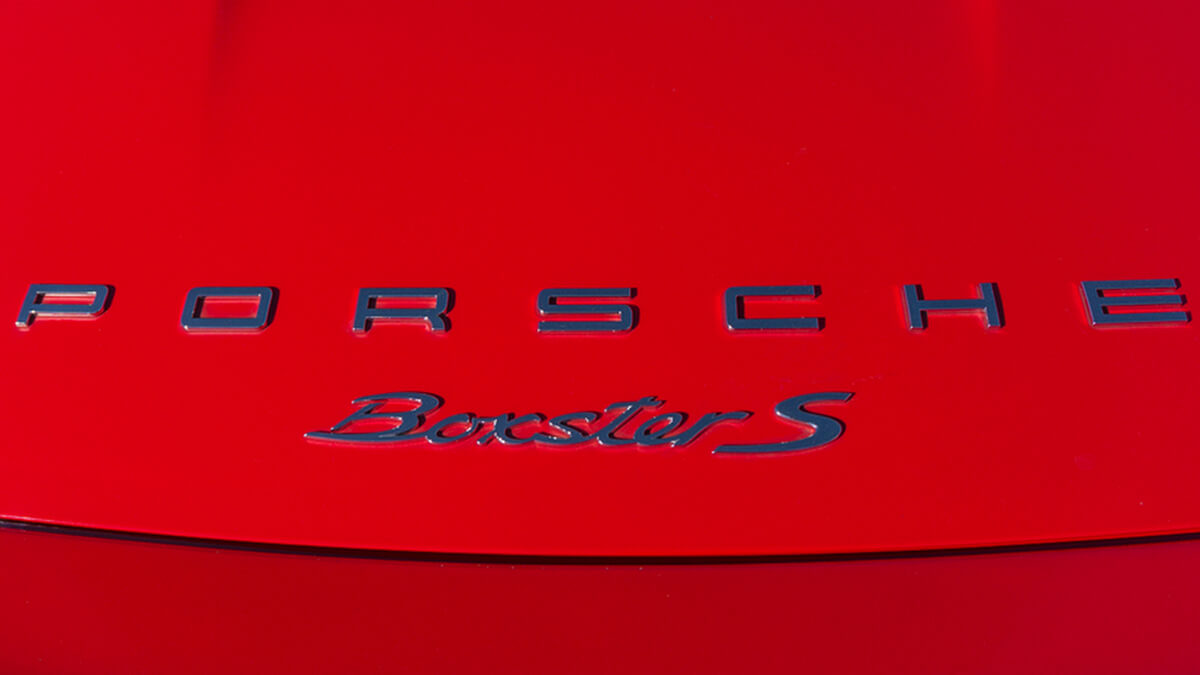
Buying a used sports car is an exciting proposition for many enthusiasts. The reason is pretty straightforward – they’re much cheaper than new cars, yet offer almost the same driving enjoyment. And what better driving enjoyment can you have than in a full-blooded roadster? They’re fast, agile, fun to drive, look sexy on the outside… Owning a roadster brings a level of freedom that no other car can touch. One of the most popular roadsters in recent years is the Porsche Boxster – agile driving dynamics and open-top freedom are in its DNA. Thanks to that, older models still catch the imagination of enthusiasts worldwide, which begs the question – is the Porsche Boxster reliable?
That is something that many potential Boxster buyers ask themselves when searching for a used car. And they should since repairing a Porsche is not exactly cheap. First of all, the price of replacement parts is pretty high, and then the car is not very easy to work on. Luckily, the Boxster is pretty reliable for a sports car. Sure, some things can go wrong, but that’s the same with all used cars – even the bulletproof Toyota’s and Honda’s.
Here we will mainly talk about the first two generations of the Porsche Boxster, the 986 and 987. These models are sought-after on the used market today due to their low price, relatively simple mechanics, and excellent performance. And while purchasing a used Boxster is absolutely a good prospect, there are still some things to look for.
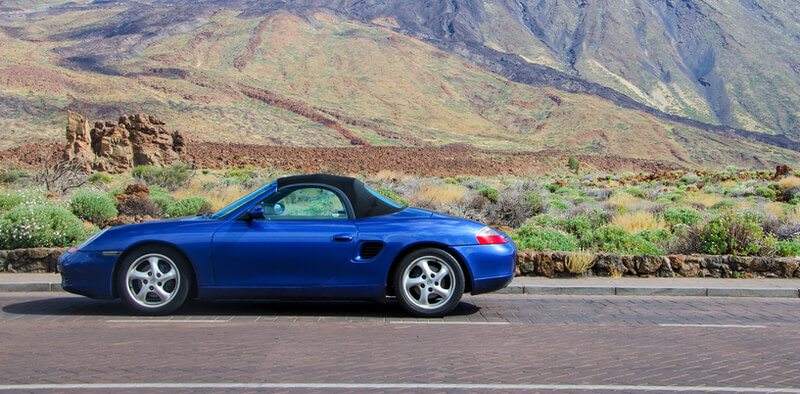
What Years Was the Porsche Boxster Made?
The Porsche Boxster is now in its fourth generation, produced along with the coupe Cayman. Porsche introduced the first generation in 1996, with a facelifted version announced in 2002. The production of the 986-model ended in 2004.
The second generation with a designation 987 came to the market in 2005. Porsche already introduced several upgrades in 2007, including refreshed and more powerful engines. Then, in 2009, Porsche introduced the 987-facelift model, which came with new motors and transmission.
The third generation with a designation 981 was introduced in 2012 and only remained on the market through 2016. In the same year, Porsche introduced the upgraded fourth generation with a designation 982. This model is now named 718 Boxster, and it’s the first with turbocharged engines.
Porsche Boxster Model Year Differences
The first- and second-generation models are easily distinguishable. The 986 has elongated headlights that incorporated the turn signals, while the newer 987 returned to the classic circle shape. The third generation upgraded the design of the second generation. You can distinguish it by its more massive wheel arches and more prominent front fascia, as well as the small lip spoiler on the back. The fourth generation is similar to the third-gen model from the outside. Instead of focusing on redesigning the exterior, Porsche this time replaced the naturally-aspirated engines with turbocharged engines.
What Engine Does A Porsche Boxster Have?
Porsche Boxster 986 Engines
The Boxster 986, which was Porsche produced from 1996 to 2004, came with three different engines. The first engine was a 2.5-liter flat six-cylinder, which developed 204hp. For the time, this was an excellent power-to-weight ratio. However, some enthusiasts might want to look for the upgraded 2.7-liter model, which Porsche introduced in 2000. This engine develops healthier 220hp, and more importantly, has higher torque.
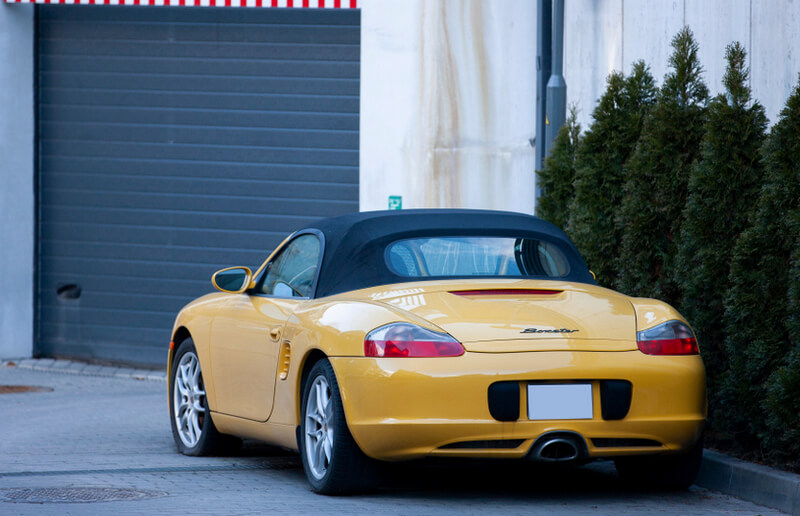
Along with the 2.7-liter engine, Porsche also introduced a hotter Boxster S variant with a 3.2-liter engine. This model is the way to go if you care about performance. With 252hp on tap (260hp in the facelifted model), the Boxster S can accelerate from 0-60 in 5.9 seconds. Oh, and whatever engine you choose, please note that the 5-speed automatic is pretty slow to react, as all automatic transmission from that period.
Porsche Boxster 987 Engines
The facelifted Boxster 987, on the other hand, introduced the 7-speed PDK transmission. This automatic gearbox has two clutches and changes gears instantly. Enthusiasts might still prefer the 6-speed manual for its mechanical feel, but the PDK transmission is now faster. Still, pre-facelift models came with the slow-ish Tiptronic transmission, which adds around a second to the 0-60 time.
The newer Boxster also came with upgraded engines. The pre-facelift version base option was a 2.7-liter flat-six with 240hp (upgraded to 245hp in 2007). This engine was good for 6.2 seconds 0-60 time, which is close to the Boxster S of the previous generation. The larger 3.2-liter in the Boxster S developed 280hp (295hp in 2007), which slowly pushed the roadster into “supercar” territory. The 0-60 sprint in the Boxster S 987 took only 5.5 seconds for the 280 hp model, and 5.4 seconds for the 2007 version with 295 hp.
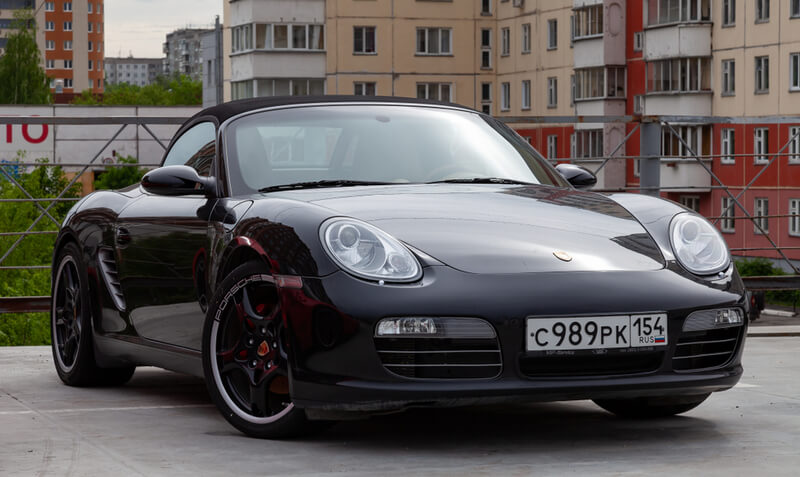
The facelifted 987, introduced in 2009, is probably the most exciting option for real enthusiasts. The base engine now has a 2.9-liter capacity and develops a healthy 255hp. With this engine and the 7-speed PDK gearbox, the Boxster accelerates from 0-60 in just 5.8 seconds (5.6 with Sport Plus package). If you wondered, the manual needs 5.9 seconds. The Boxster S 987 facelifted model now came with a 3.4-liter engine, good for 310hp. With the 7-speed PDK, the Boxster S accelerated from 0-60 in just 5.2 (5.0 with Sport Plus package).
As you can see, the performance numbers vary significantly between different generations of the Boxster. The second-gen is arguably a better option if you care about performance, as even the base versions offer exhilarating acceleration.
Are Old Porsche Boxsters Reliable?
Generally, the first and second generation are very reliable cars. Still, some problems can arise, especially in the first-generation model. Here we will list a few of the most common Boxster 986 and 987 reliability issues that you should care about.
Porsche Boxster 986 Reliability
Given the fact that the Boxster 986 is now around two decades old, it’s silly to think that it is problem-free. Some problems may even be due to the vehicles being very old and with very long mileage. Still, if you find a model in good shape, these are the things to look out for:
- Full-service history – it’s always important to know when the service history of any used car. Poorly maintained vehicles may show significant mechanical problems.
- Mileage – look for models that neither have too many miles on them nor too little. The former might suffer from expensive engine issues, while the latter from oil leaking and battery issues.
- Cracked cylinders – this is the biggest reliability issue that may arise in the first-gen models. Look for emulsified oil (mixed with water) and for overheating issues. A cracked cylinder almost certainly means that you’ll need a new engine.
- Intermediate shaft failure – mostly covers the facelifted model, which has only single-row bearing. Replacing it with dual row bearing from the pre-facelifted model might be a smart move.
- Roof and body – always make a detailed inspection of the fabric roof for leakage. Also, check the body for rust, which almost always is a sign of accident and poor body repair.
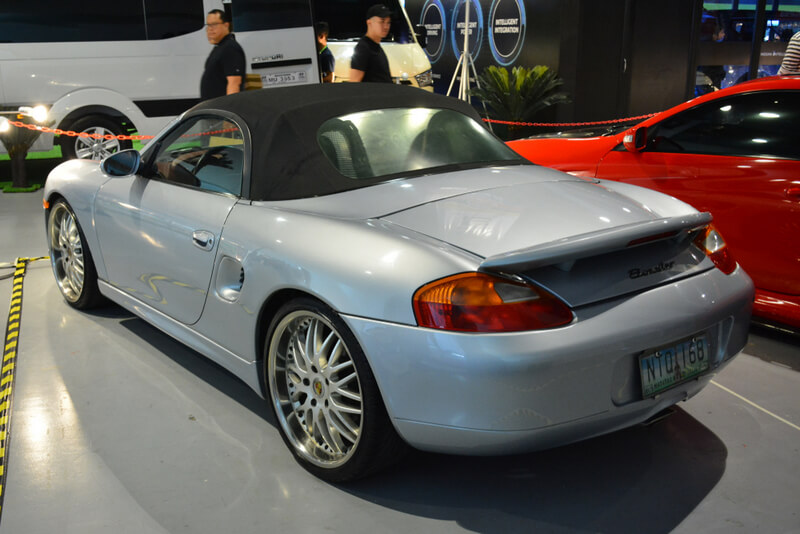
Porsche Boxster 987 Reliability
The second generation of the Boxster is much better when it comes to reliability. It is one of the most reliable sports cars to date. Still, it is not entirely problem-free, and these are the problems you should be looking for:
- Full-service history – as with every used car, always ask for full-service history. Poorly maintained vehicles tend to have a lot of reliability issues down the road.
- Mileage – the Boxster 987 is newer, which means that models with very high mileage are scarce. As with the first model, low-mileage models might not be a good option.
- Coil springs – interestingly, the second-gen model has problems with the coil springs, but they’re truthfully scarce. Look for an unlevel stance, or check for broken coil springs if possible.
- Tire wear – suspension problems with the second-gen Boxster don’t end there. Some models might have uneven tire wear due to faulty wheel alignment. Always check the tires for uneven wear on the outside and inside.
How Much is A Porsche Boxster?
You can buy the Boxster 986 can for as low as $4.000. However, nicely maintained versions range from $6.000-$7.000, and upward to 10.000 for the Boxster S. The Boxster 987, on the other hand, is much more expensive. You can find some cars that cost $10.000, but for well-maintained versions, you’re looking at over $15.000. The 987 Boxster S starts from $20.000, with well-maintained versions costing almost $25.000.
If you’re interested in repairing or servicing your Boxster, you can have a look at our service and repair manual list. All model years and specifications are covered.
